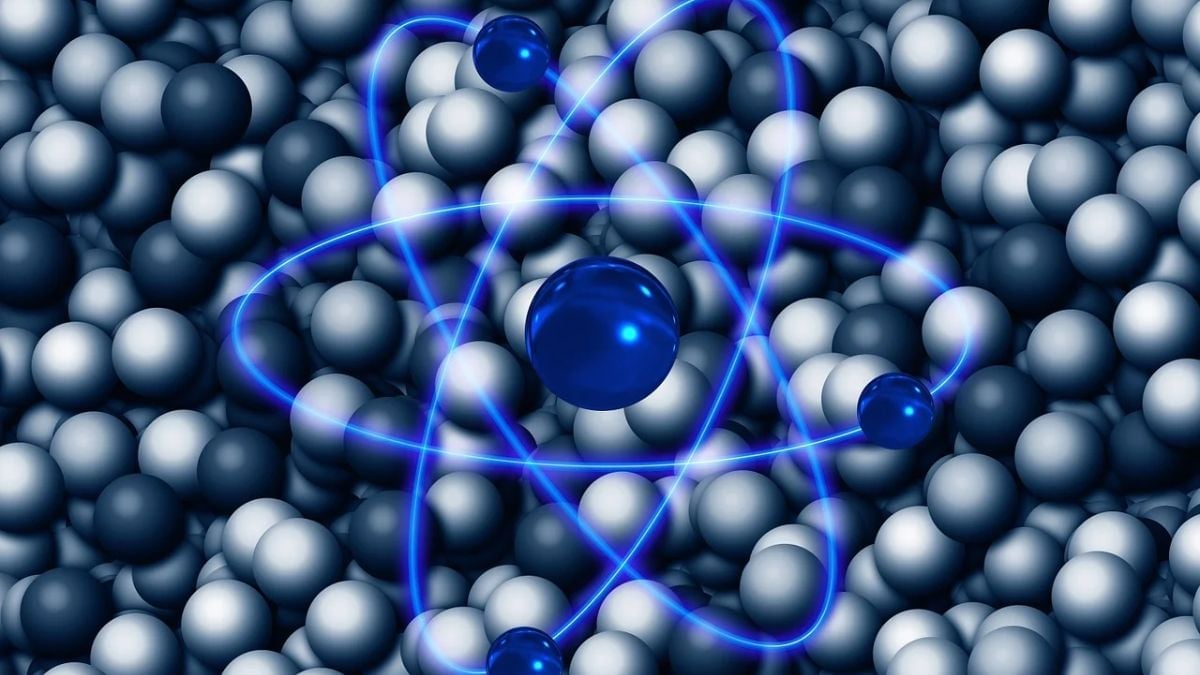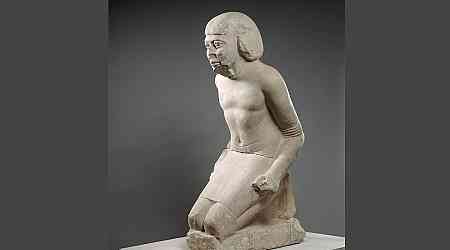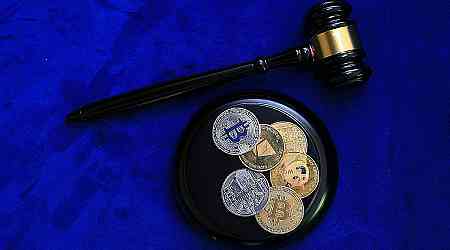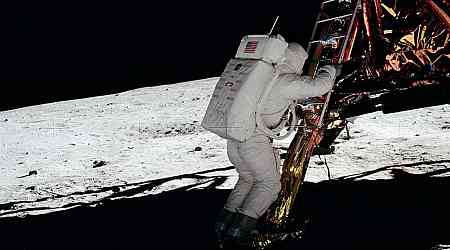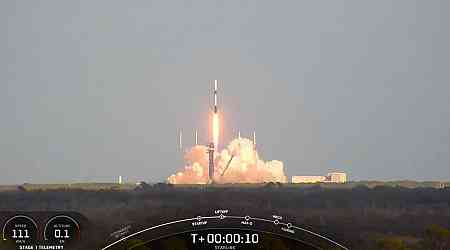A breakthrough has been reported in particle physics, focusing on hypernuclei—rare atomic systems that form through the inclusion of hyperons, particles containing at least one "strange" quark. Unlike the ordinary nuclei of atoms made of protons and neutrons, hypernuclei exhibit unique properties that may offer insights into subatomic forces and the extreme conditions present in neutron stars. Scientists aim to deepen the understanding of these fleeting structures and their implications for astrophysics and nuclear physics.
Insights from Advanced Research
According to a study published in The European Physical Journal A, researchers led by Ulf-G. Meißner from the Institute for Advanced Simulation in Jülich and the University of Bonn applied nuclear lattice effective field theory to investigate hypernuclei. This approach simplifies the study of nuclear interactions by focusing on protons, neutrons, and hyperons rather than quarks and gluons, providing a computationally feasible way to study these particles.
This study specifically examined Λ-hyperons, one of the lightest hyperons, and their interactions within hypernuclei. A lattice-based model was utilised, where particles are simulated within a discrete grid, reducing the complexity of the calculations. Forces governing the structure of hypernuclei were calculated, achieving agreement with experimental data within a 5 percent margin of accuracy. The method also allowed the study of hypernuclei with up to 16 constituents, expanding the scope of earlier models.
Implications for Neutron Stars
Hypernuclei are theorised to form in neutron stars due to the immense pressure and density in their cores. The measurable properties of neutron stars, such as mass and radius, could be influenced by the presence of hyperons. By using advanced X-ray telescopes and gravitational wave detectors, scientists hope to detect deviations from existing models, potentially confirming hyperons' role in these environments.
Further research is required to refine models and explore pion exchanges, which may alter the forces within hypernuclei. Enhanced experimental data and precision in accelerator experiments are expected to contribute to this field in the future.


















